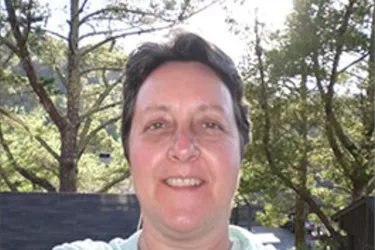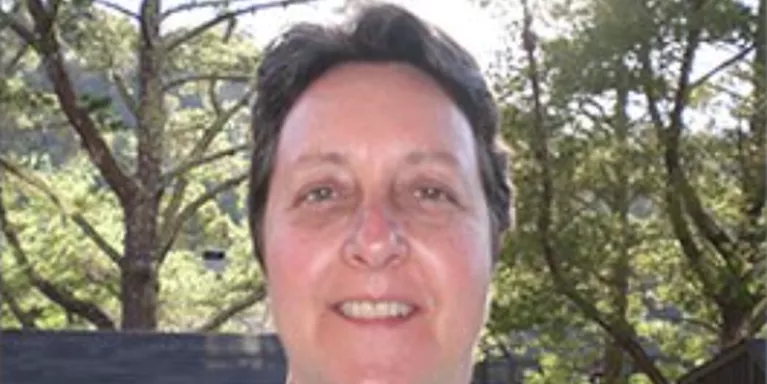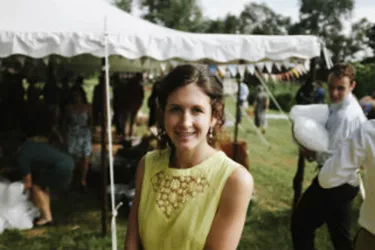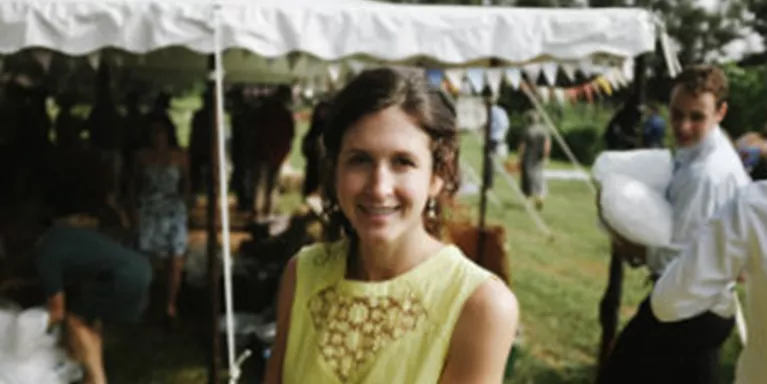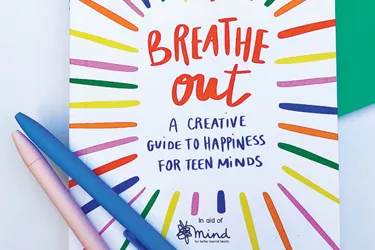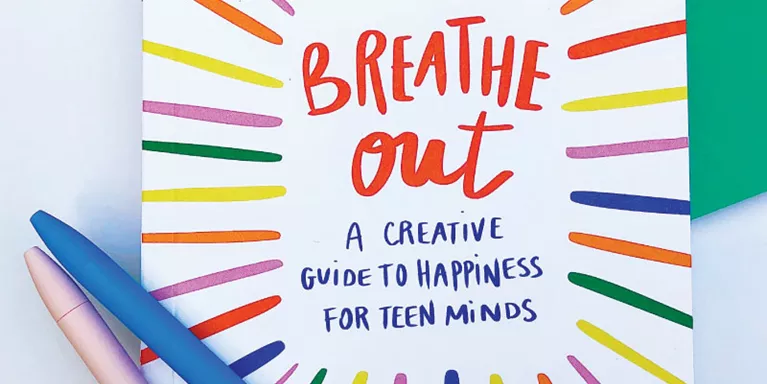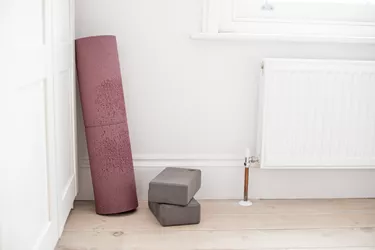Knowing we can make a difference is something to treasure
In the second of her series on mindfulness and depression, Clare blogs about how we judge the experiences that happen to us and how we can separate our thoughts and feelings to better understand situation.
Read about week one ' automatic pilot, or week three 'mindfulness of the breath'.
After 11 years on varying doses of Citalopram, I’m hoping to cut down. I’ve been thinking about tools and techniques I can use to make the transition easier, and to help me manage my mind to prevent further relapse into the recurrent depression I’ve experienced in the past.
I’ve come to recognise the main components of my ‘mental healthy toolkit’ as exercise and getting enough sleep, but smaller tools play their part too - my SAD light in winter, my diet (brazil nuts, bananas and dark chocolate are all supposed to enhance mood), my writing, my crafts and my garden.
But, I felt there was something missing. I wanted to try and better understand what might be happening to my thoughts and attitudes, how these interacted with my low mood and how I could respond. I've had some sessions of counselling and tried online CBT in the past - but never in way that felt like it was creating and sustaining any real improvement.
It was while exploring these options that I returned to the Mindfulness based Cognitive Therapy for depression course at the London Buddhist Centre in Bethnal Green.
One of the most important parts of the course was the way it developed - each week our learning and understanding from the previous week was built upon and expanded. Learning to use mindfulness in this way is not something we can just be told. It's something we have to experience and practice, week by week.
I guess this is a particularly important point to make here too. While I hope to give people a sense of what MBCT is - and possibly some new perspectives or insights, reading about it is no replacement for doing a course and getting the practical experience.
I'll cover each week as we did on the course. I wanted to recreate something of this sense of building and discovery that we experienced. I would encourage you to read the eight posts in order - and stay with them. (Read week one.)
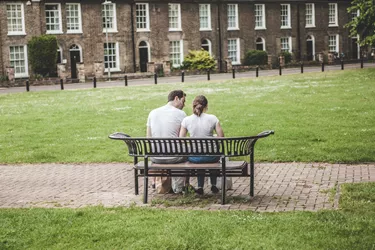
Week two - automatic judgements
I went along to the second session with some apprehension. I hadn't done body scan every day as requested. I had found it hard to make the space in my day. The first time I tried, I had a painful lower back which distracted me, and I found it really hard to stop my thoughts from wandering off.
One of the things I actually found hardest was that I would find myself thinking about how I would write about my experience, rather than the experience itself (I wonder if, with status updates and regular tweeting, this is something that lots of people find themselves doing more these days!) The second time, I accepted my thoughts would wander off more, that this was part of the process - but I found myself relaxing more and I ended up falling asleep. Despite what we were told last week, I definitely felt as though I was doing it 'wrong'.
I wasn't the only one. In the session, after an initial body scan meditation, the first part was dedicated to discussing how we felt about the week's homework. A whole range of different feedback came out. One member of our smaller discussion group had had a really positive experience throughout the week - she had chosen to have mindful baths. She tried to really focus on the feel and sound of the water and heat instead of sitting in the bath on her phone, with her laptop on the side. Another had, like me, struggled to find the time; another had family and builders who were distracting. Someone else said they couldn't help falling asleep, another person said they couldn't help finding the voice on the guiding tape irritating.
The leaders focused on the fact that distractions and bad conditions are common in life and that even when our minds wander, this is not a mistake. What is important is how we relate to it - not switching thoughts off but seeing them as what they are, streams of thinking, events in the mind only that we can become aware of before we are swept away. It's really hard to get your head around the idea that, however we do it, it is the process of doing the exercise that makes it right, not any aspect of how we experience it.
Our reactions to the body scan and the discussion about it seemed to help make a wider point about automatic judgements. Something that can really stop us being fully aware in the moment is a tendency to judge our experience as not being quite right in some way - thinking that this is not quite what should be happening, or not what we should be feeling. These can then lead into thoughts about blame and what could or should be different - “I shouldn't be feeling like this, I'm always getting things wrong, things are always going to be like this…" In this way we lose awareness of the actual moment. We get sucked into ruminating and away from choosing what actions we could take.
The body scan is a good first step in practicing what we will end up trying to do more and more - just accepting and acknowledging the actuality of a situation without trying to judge or fix things. At this point, I did feel that there was still something I didn’t quite understand - there seemed to be a tension between accepting and acknowledging the actuality of a situation, and trying to ‘use mindfulness’ to ‘fix’ it - wasn’t that why I was there? It was only later that I started to get my head around this, so I’ll come back to it.
Thoughts and feelings
After discussing our experiences, we moved on to the next part of the session, exploring how thoughts and feelings are related. This part felt more like the CBT I had experienced in the past. I was interested to see how it would be linked with the mindfulness element. We were initially asked to close our eyes and consider a situation described to us. The leader asked us to imagine a scenario where we are walking down the street and see someone we know on the other side. We smile and wave but the person doesn't seem to notice and just walks by. We then discussed any feelings, thoughts and images that went through our minds. There were loads of different responses - ‘embarrassed’, ‘awkward’, ‘they were probably ignoring me on purpose’, ‘angry’ ‘what have I done?’, ‘they probably just didn’t see me’, ‘no one likes me - I feel lonely’, ‘I’m not worth saying hi too’ ‘they’re probably having a hard time’ ‘worried’. Have a go at identifying which of these are thoughts and which are feelings.
From the whole range of responses it's obvious that our feelings are not a direct consequence of a situation, but come about because of our interpretation of the situation. We are often aware of the situation (a friend does not respond to your greeting) and the feeling (feeling lonely) but not so much of the thought (‘she's ignoring me, like everyone does in the end’) that links them. These ongoing thoughts are often under the surface. They are not very obvious but can influence how we feel about situations. This, I think, is what I already found the body scan helping with. Because I was focussing on being aware of my body I was better able to notice when my mind did wander. I was then more able to identify how and why it had got to where it was - how these streams of thoughts I was carried along on worked.
In addition, we discussed how, if you are or have been depressed you are more likely to have negative thoughts and so negative feelings about an event. Someone without depression might think about the same event in a much more positive way and so feel more positive. Another thing which this helped us to identify was something we often don’t realise - interpretations of events can vary over time and with moods – which shows us that thoughts are not facts. We often treat them as if they are - very seriously! Although it sounds simple, this felt like a really powerful thing to keep in mind - and it was something we would come back to.
By being more mindful of our thoughts and reactions, instead of immediately heading off down a process of negative thoughts, negative feelings etc., we can notice what we are doing more, ‘check in’ with ourselves and choose to respond differently.
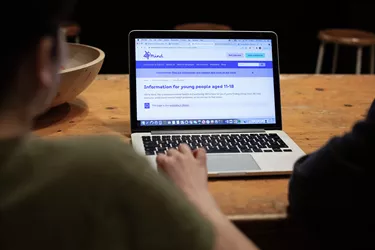
Pleasant events
For our homework this week, as well as continuing with the body scan and mindful activities everyday, we were asked to keep a record of pleasant events. We had to try and be aware of at least one pleasant event that happens each day (preferably while it is happening) and write down the thoughts, feelings and bodily sensations in detail. They gave us the following example:
- What was the experience? ‘Heading home at the end of my shift - stopping and hearing a bird’
- Were you aware of the pleasant event while it was happening? ‘Yes’
- How did your body feel, in detail, during this experience? Lightness across the face, aware of shoulders dropping, uplift of corners of mouth.
- What moods, feelings and thoughts accompanied this event? Relief, pleasure, ‘that’s good’, ‘how lovely’, ‘it’s nice to be outside’
- What are your thoughts now as you write this down? It was such a small thing but I’m glad I noticed it.
It was explained to us that our minds often make early (often unconscious and automatic) decisions about whether something is pleasant, unpleasant or neutral - and these can be important trigger points for starting on a path of rumination and over thinking. Part of the point of this exercise is to help us become aware of when and how we make these decisions. I definitely found myself looking forward to this activity - I have tried to keep a record of five positive things each day before in attempts to drag myself out of a negative time. Although this homework had more of a focus on awareness of a pleasant event in the moment, it felt like something similar.
We finished with a different type of meditation. Instead of the longer body scan, we did a shorter meditation focussing on our breathing. The handout we received explained how, as our breathing is always there and can often change with our moods, it can be used like an anchor to bring stability to the body and mind when we choose to be aware of it. We had to practice the breathing meditation through the week as well and would return to this homework in more detail in the next session.
Clare writes her own blog on mental health, relationships and online youth support. You can follow her on twitter@fostress.
Read more from Clare’s mindfulness series:
- Week one - automatic pilot
- Week three - mindfulness of the breath
- Week four - staying present
- Week five - allowing and letting be
- Week six - thoughts are not facts
- Week seven - taking care of yourself
- Week eight - dealing with future moods

Information and support
When you’re living with a mental health problem, or supporting someone who is, having access to the right information - about a condition, treatment options, or practical issues - is vital. Visit our information pages to find out more.
Share your story with others
Blogs and stories can show that people with mental health problems are cared about, understood and listened to. We can use it to challenge the status quo and change attitudes.










